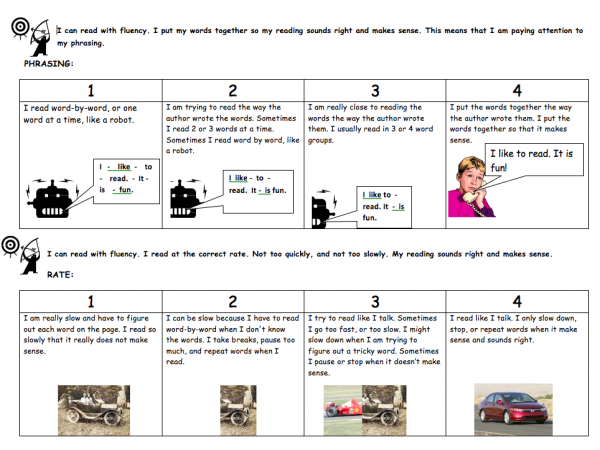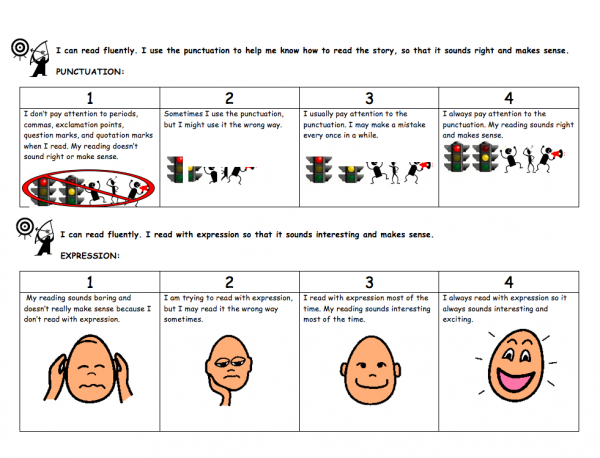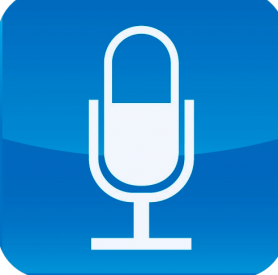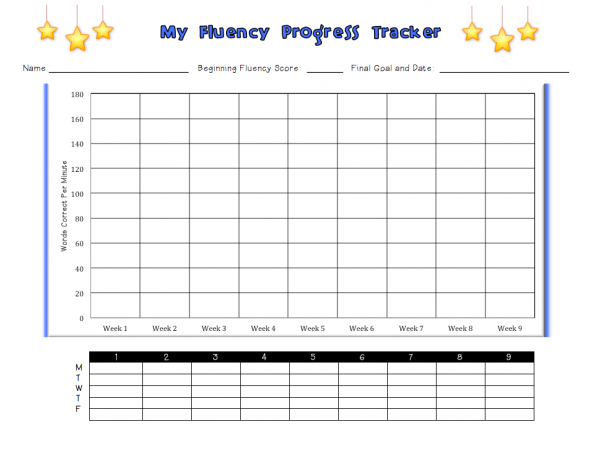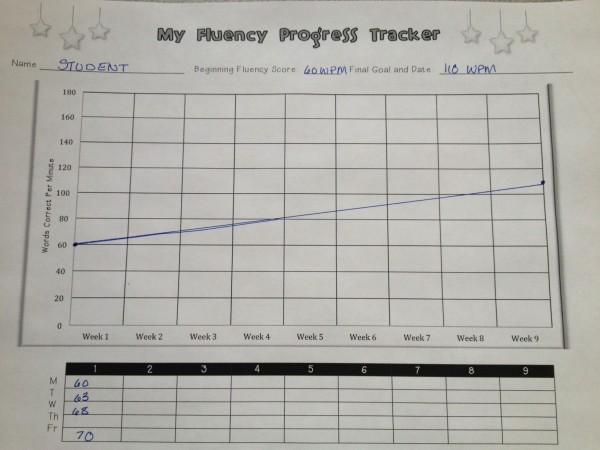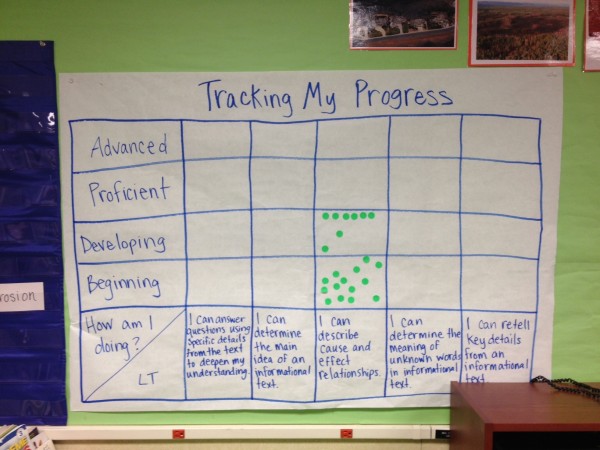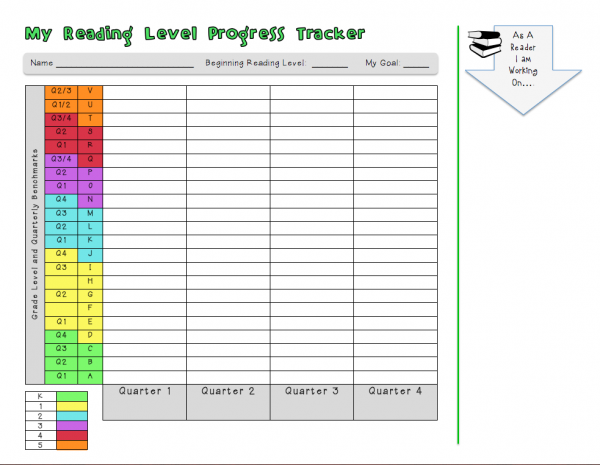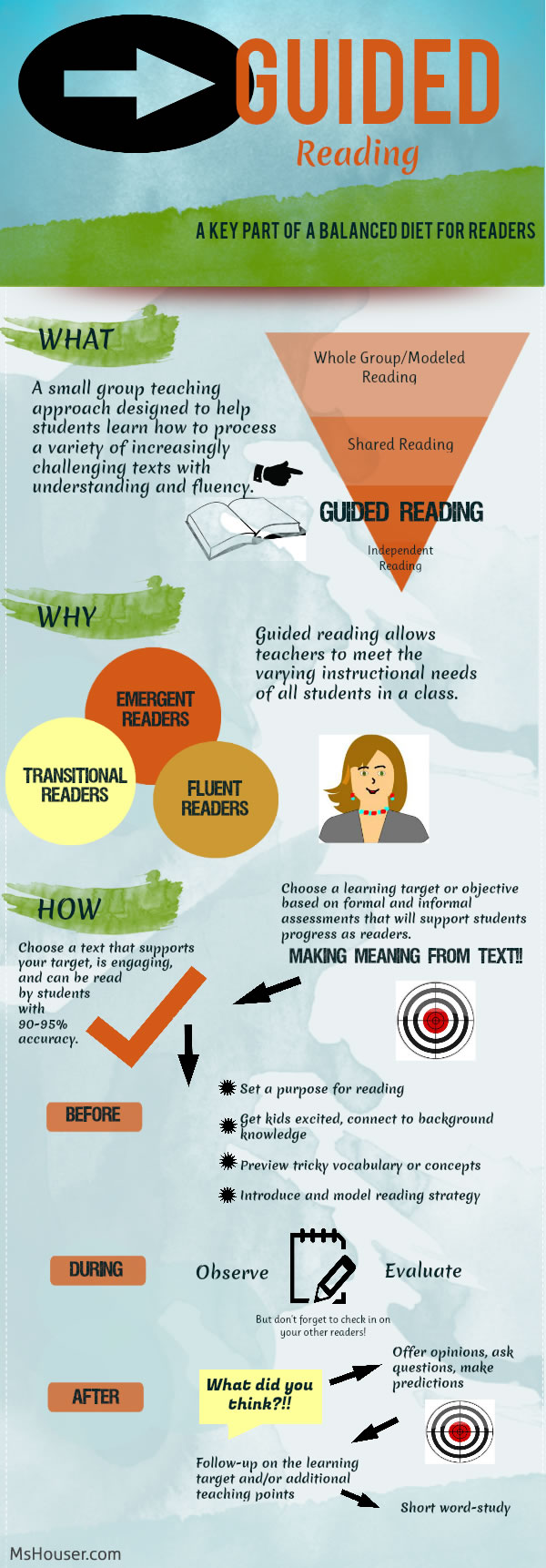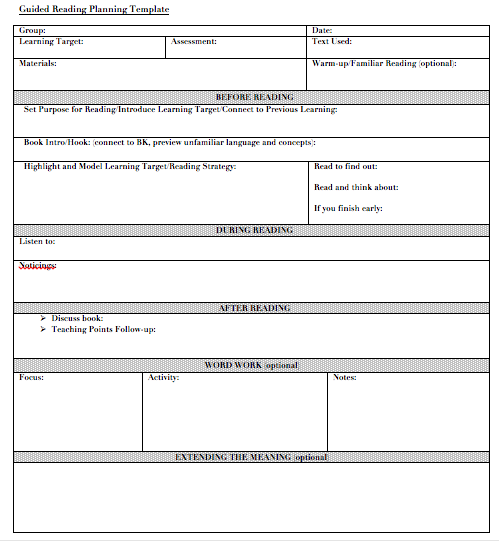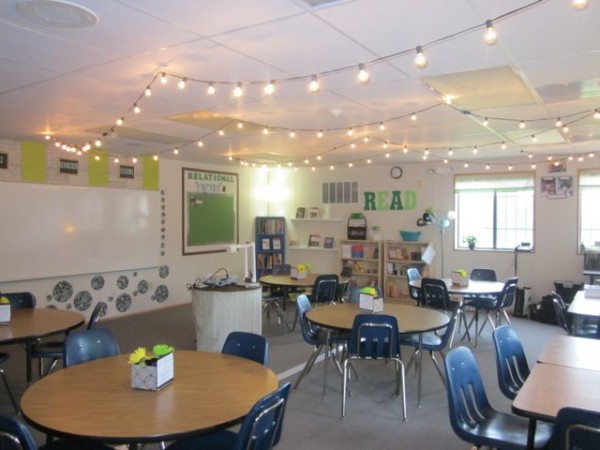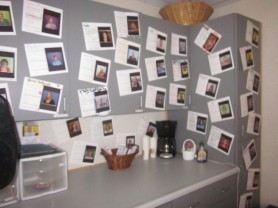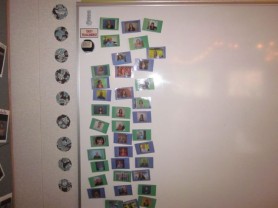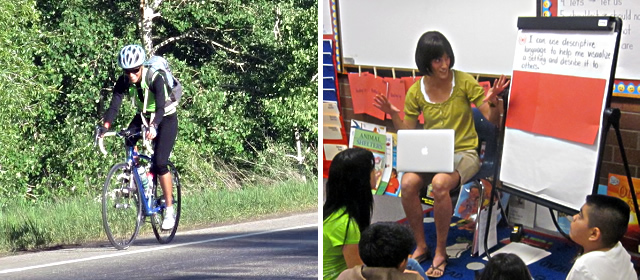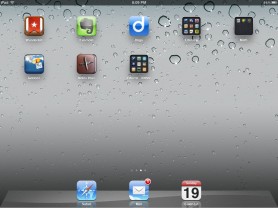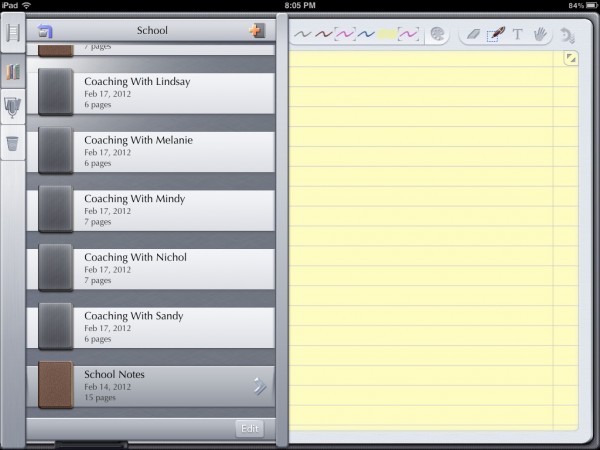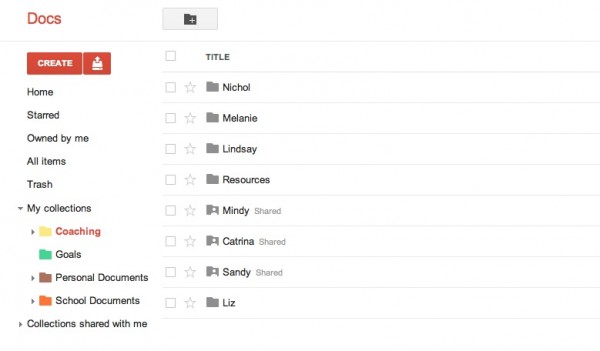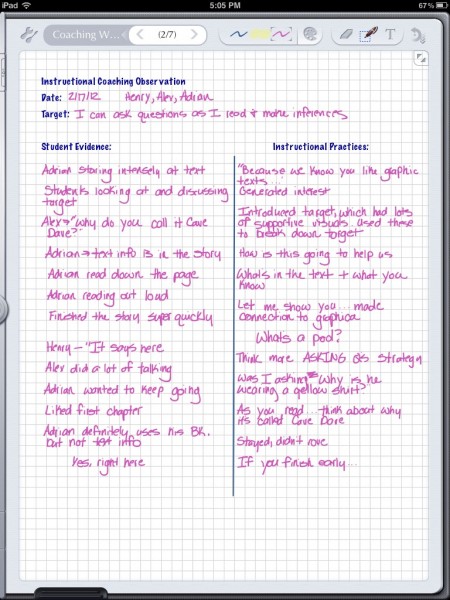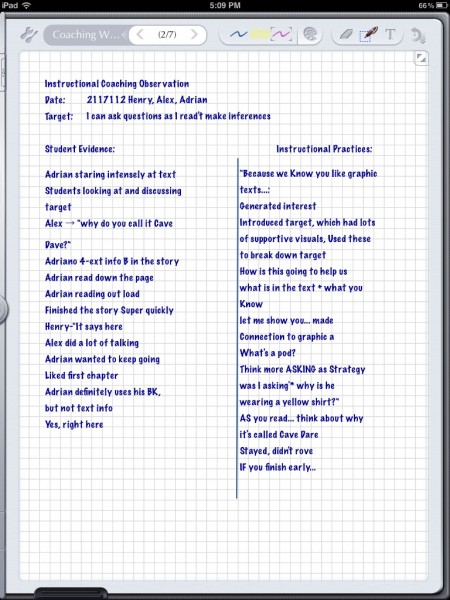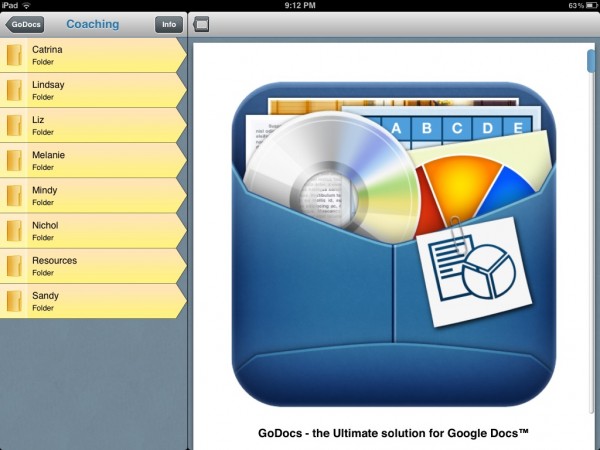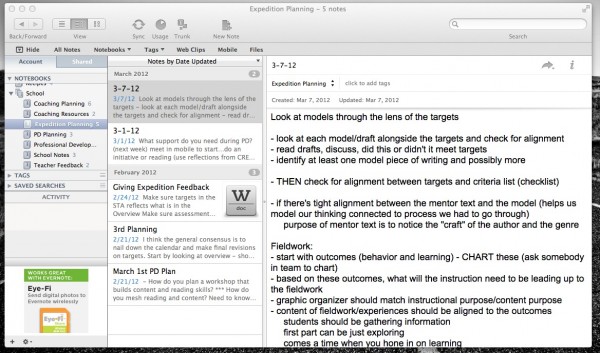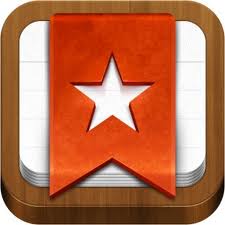Tracking My Progress: Fluency
Goals and Motivation, Instructional CoachingA few weeks ago I wrote about the importance of student-engaged assessment and progress tracking in motivating students and supporting their achievement. In this post I’ll share a few ideas for how to help students self-assess and track their progress towards the following target:

Teachers can think of reading fluency as the bridge between the two major components of reading: decoding and comprehension (Honig, Diamond, Gutlohn 2008). Differences in reading fluency can distinguish good readers from struggling readers.
To support students in self-assessing their reading fluency, visually friendly rubrics with clear criteria for success can be very helpful.
After introducing the learning target to students, show them the rubric. Ensure that students understand each of the four areas addressed (Phrasing, Rate, Punctuation, and Expression) and how to assess themselves within each area (Scoring a 1,2,3, or 4). It can be overwhelming for students when the whole rubric is plopped in front of them and explained. Therefore I would suggest explicitly addressing only one area at a time. Furthermore, it may not even be necessary to use the whole rubric with students if their next step in fluency is tied specifically to rate. Use your professional judgement to make smart decisions for your kids!
In order for students to be able to self-assess their fluency using this rubric, they need to “hear” themselves as readers. Rather than asking students to read-aloud, listen to themselves, and then self-assess, I think it’s much more effective to teach students to record their thinking, play it back, and then self-assess. There is a free iPad app that works great for this…QuickVoice.
QuickVoice is super user friendly and easy for students to use on their own. Students can record and self-assess themselves several times using the rubric. They definitely have fun with this! To ensure that students are successful provide a model of what this self-assessment process looks like. Additionally, provide students with short and engaging passages that they can read at an independent level.
For slow but accurate readers who need intense practice to increase their automaticity in reading connected text, you can try timed repeated oral reading. With this strategy students can track their progress using a graph.
Begin be setting a goal with students. For example, if a student begins by reading early-first-grade text, his final goal might be to read mid-second-grade text at 90 WPM (words per minute). Mark students beginning WPM score on their graph. From this point draw an “aim line” to meet the point marking the students end of 9 week goal. This line shows how much daily or weekly progress a students needs to make to meet their final goal.
Introduce one new, short, engaging text to students at the beginning of each week that they can read at their independent level. Be sure to first read the text with the student and have a conversation about it. Share with students that rereading the passage throughout the week will not only support their fluency, but will also help them to better understand the text!
Do a one minute timed reading with the student each day of the week until they meet their end of week goal (indicated by the aim line). Mark the students WPM score for the week in the corresponding box for the day. Students can also mark their score with a colored pen on their aim line.
It’s great fun to see students enthusiasm and motivation for reaching their goal.
I hope these tools and ideas will help you better support students struggling with fluency.
![]()

